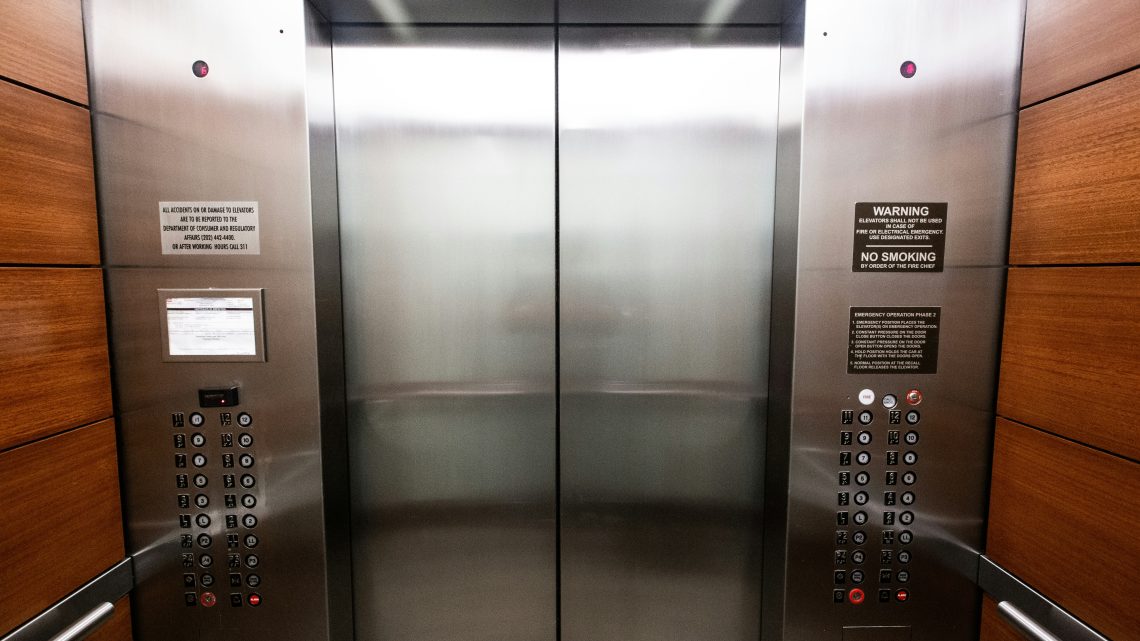Elevators, ubiquitous in modern buildings, offer convenience and efficiency in vertical transportation. Yet, like any man-made system, they can encounter malfunctions or accidents. While elevators are generally safe, knowing what to do in the rare event of an elevator accident can be crucial. This guide provides essential steps to take if you find yourself in such a situation.
Understanding Elevator Accidents
Elevator accidents can vary in severity, from minor malfunctions to catastrophic failures. Some common causes include electrical failures, mechanical issues, improper maintenance, or human error. Accidents may lead to sudden stops, free falls, entrapment, or even structural collapse. According to ELCOSH there are about 30 deaths per year and 17,000 injuries caused by elevator accidents.
Stay Calm and Assess the Situation
In the event of an elevator accident, staying calm is paramount. Panicking can cloud judgment and hinder your ability to respond effectively. Take a moment to assess the situation calmly. Check for injuries among passengers and assess the condition of the elevator.
Check for Injuries
If anyone is injured, prioritize their care. Assess the severity of injuries and provide first aid if necessary. If injuries are significant, seek emergency medical assistance immediately. Remember, moving injured individuals improperly can exacerbate their condition.
Communicate and Call for Help
Most elevators are equipped with emergency communication devices, such as intercoms or alarm buttons. Use these to alert building management or emergency services about the situation. Provide details about your location, the nature of the accident, and any injuries sustained.
Avoid Attempting Self-Rescue
While it may be tempting to try to force open doors or climb out of a stalled elevator, doing so can be extremely dangerous. Modern elevators are designed with multiple safety features to prevent accidents during rescue attempts. Trust in these mechanisms and wait for trained professionals to assist.
Preserve Evidence
If it is safe to do so, document the accident scene. Take photographs or videos of the elevator, any visible damage, and relevant details surrounding the incident. This documentation can serve as crucial evidence if legal action becomes necessary.
Collect Witness Information
If there are witnesses to the accident, collect their contact information. Witness testimonies can provide valuable insight into the cause of the accident and may strengthen your case if you pursue legal action.
Seek Medical Attention
Even if you do not initially feel injured, it is essential to seek medical evaluation following an elevator accident. Some injuries, such as whiplash or internal trauma, may not manifest symptoms immediately. A thorough medical examination can identify any underlying issues and ensure your well-being.
Report the Accident
Inform building management or property owners about the accident as soon as possible. They have a responsibility to address safety concerns and investigate the incident to prevent future accidents. Be prepared to provide a detailed account of what occurred.
Consult Legal Counsel
If you or others sustained injuries in the elevator accident, consider consulting with a personal injury attorney. They can assess the circumstances of the accident, determine liability, and advise you on your legal options. According to the Orange County personal injury lawyer at BGA Law, hiring a legal expert can help you pursue compensation for medical expenses, lost wages, and pain and suffering.
Follow Up on Repairs and Maintenance
After an elevator accident, it is crucial to ensure that necessary repairs are promptly made and maintenance protocols are reviewed. Regular maintenance and inspections are vital for preventing future accidents and ensuring the safety of elevator passengers.
Prioritizing Safety in Elevator Accidents
While elevator accidents are rare, knowing how to respond can make a significant difference in minimizing injuries and resolving legal matters. Stay calm, prioritize safety, and seek appropriate assistance. By following these steps, you can navigate through an elevator accident with confidence and protect your rights in the aftermath.



No Comment